Purchasing Guide: A Business-Focused Look at Copenhagen Reserve Red
Copenhagen Reserve Red stands as a premium offering in the smokeless tobacco market, prized for its rich flavor and high-quality craftsmanship. Whether you operate a distribution company, manage a retail chain, or serve clients within the smokeless tobacco sector, effectively procuring Copenhagen Reserve Red in bulk is essential for maintaining profitability and meeting consumer demand. This guide explores key procurement strategies, sourcing considerations, cost components, and operational logistics designed to simplify your purchasing process and optimize your supply chain.
Section 1: Understanding Bulk Procurement of Tobacco Products
Why Copenhagen Reserve Red?
Copenhagen Reserve Red is celebrated for its carefully formulated blend, premium flavor, and loyal customer base. This long-cut smokeless tobacco offers a bold yet refined taste favored by seasoned users. From a corporate buyer’s perspective, it presents attractive margins due to its established popularity and consistent repeat demand.
Focusing on high-tier products like Copenhagen Reserve Red ensures your business appeals to discerning consumers seeking quality and brand reliability.
How Bulk Procurement Works
Bulk purchasing typically involves sourcing inventory through:
-
Manufacturers and Factories: Direct procurement from tobacco manufacturers provides negotiation leverage on pricing but usually entails higher minimum order quantities (MOQ). Key manufacturers for Copenhagen are region-specific.
-
Wholesalers and Distributors: Wholesalers, such as those listed on Snuff Factory, offer streamlined bulk ordering and logistics solutions across various smokeless tobacco brands.
-
OEM Partners: Original Equipment Manufacturer agreements enable rebranding and customization while leveraging premium product formulations.
Section 2: Regional Procurement Channels
North American Market Considerations
In the U.S., prominent smokeless tobacco brands—including Copenhagen—are produced by manufacturers like Altria. Sourcing locally supports faster supply chains and facilitates compliance with FDA labeling and regulatory requirements. Distributors also provide retail-ready packaging solutions.
European Union Regulations
European markets impose stringent regulations on smokeless tobacco, with varied packaging and labeling laws across member states. Bulk procurement often requires collaboration with authorized distributors and attention to customs and import duties, necessitating careful contract and logistics planning.
Asian and Australian Market Trends
Asia and Australia represent growing smokeless tobacco markets but present challenges around regulatory compliance and distribution. Partnering with nicotine manufacturers experienced in cross-border shipments is crucial. For tailored solutions, consult with supply specialists like Snuff Factory to navigate these complexities.
Section 3: Cost Composition
A thorough cost assessment helps optimize procurement budgets. Major components include:
-
Raw Materials: Tobacco leaf quality and sourcing origin heavily influence cost.
-
Production Process: Curing, flavor development, and specialized equipment for long-cut tobacco affect manufacturing expenses.
-
Supply Chain Costs: Transportation, tariffs, and fulfillment logistics impact final landed costs. Partnering with reliable nicotine manufacturers or distributors can reduce intermediaries and improve cost efficiency.
Platforms like Snuff Factory can facilitate cost-effective sourcing by consolidating these elements.
Section 4: White Label vs. OEM Tobacco Products
White Label Options
White labeling involves purchasing fully manufactured Copenhagen Reserve Red products for resale under a generic or distributor brand. This approach offers speed to market and leverages existing product recognition but limits customization.
OEM (Original Equipment Manufacturer) Partnerships
OEM agreements permit buyers to create custom-branded smokeless tobacco blends. While offering greater product differentiation and control, this route involves higher costs and longer lead times.
Recommendation: For established products like Copenhagen Reserve Red, white labeling generally provides the most practical solution, capitalizing on the brand’s market equity while simplifying procurement.
Section 5: Navigating the Order and Cooperation Process
-
Initial Inquiry: Engage manufacturers, distributors, or wholesalers to discuss MOQ, pricing, and production timelines. Use platforms like Snuff Factory for streamlined consultations.
-
Sampling: Request product samples to verify quality and market fit before large commitments.
-
Contract Negotiation: Finalize terms covering pricing, delivery schedules, and regulatory compliance (e.g., labeling standards).
-
Processing and Payment: Ensure payment terms comply with local legal frameworks; consider escrow or bank guarantees for large orders.
-
Fulfillment and Logistics: Confirm supplier capacity for storage and timely delivery aligned with your distribution network.
Conclusion
Copenhagen Reserve Red remains a cornerstone in the smokeless tobacco segment, and bulk procurement of this product offers clear business advantages. Understanding regional procurement channels, cost factors, and the nuances between white label and OEM models empowers corporate buyers to make informed, strategic purchasing decisions.
Partnering with reputable nicotine manufacturers and distributors—such as those accessible via Snuff Factory—streamlines procurement, ensures quality consistency, and enhances supply chain efficiency.
Whether scaling operations, expanding product offerings, or entering new markets, this guide equips you with practical insights to navigate the complexities of bulk purchasing Copenhagen Reserve Red effectively.

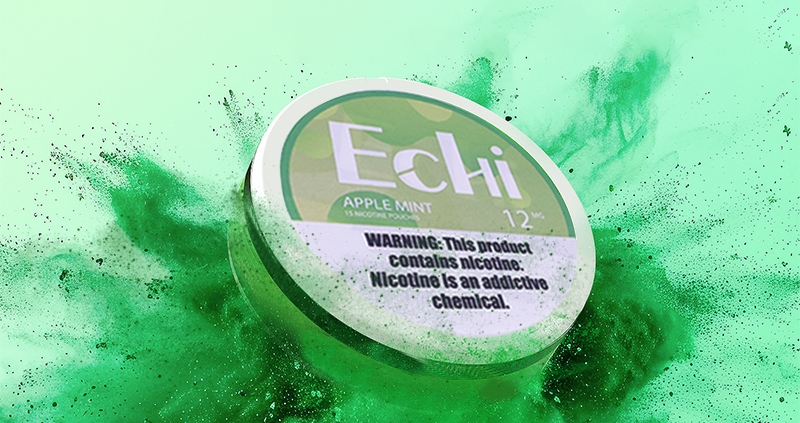
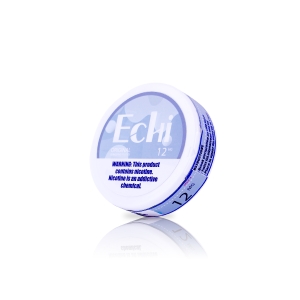
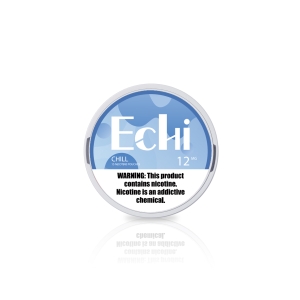

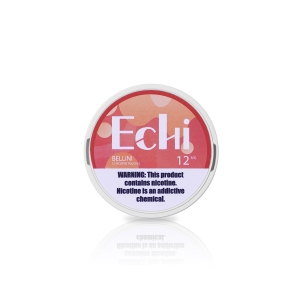
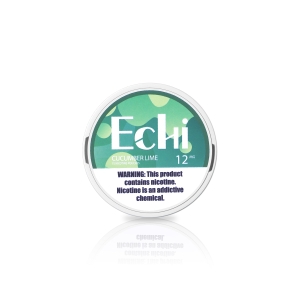
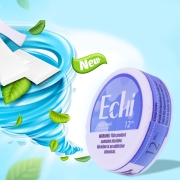
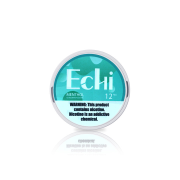
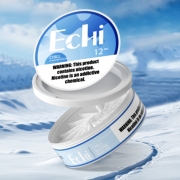
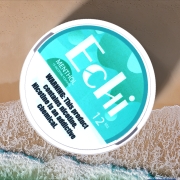
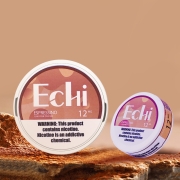


Leave a Reply
Want to join the discussion?Feel free to contribute!